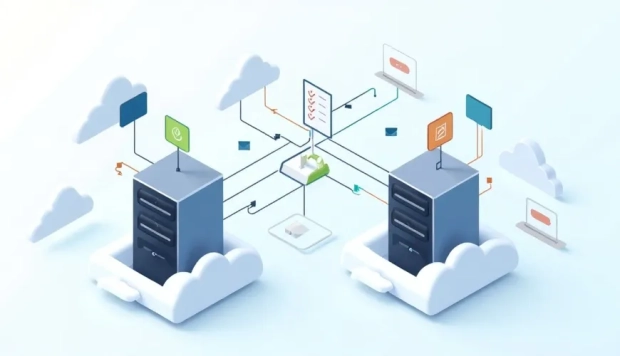How AI is Reshaping Risk Management Today

AI is revolutionising various industries and businesses worldwide, and more importantly, it has become an indispensable tool in risk management. Here are a few of the most significant ways AI has transformed how we manage risk.
Operational Risk Management
Using enterprise risk management software, AI is revolutionizing how we manage operational risk. When internal processes fail, it could lead to a loss of money, product, injury, and in the worst cases, even the death of an employee.
AI can not only mitigate operational risk, but in some instances, eliminate it completely. It can monitor risks across multiple operations and areas, and do it faster and more efficiently than a human can. This leads to better management and predictability, and leads to better solutions in the event of a failure.
Market Analysis
Whether it be market volatility or a recession, being able to analyze the market is a key factor in the financial success of a company. AI has the ability to process massive amounts of information simultaneously and provide real-time analysis and predictions of the data, particularly when related to finances and the market.
Speaking of predictions, AI can utilise information from across social media, financial news, government changes, and other sources to predict potential volatility, allowing you to create a plan to address it in advance.
Cybersecurity
In this day and age, cybersecurity threats are bigger and more damaging than ever. However, AI has proven to be the best tool in defending your data against these risks, and it does this in a variety of ways.
Firstly, AI is super-efficient at finding any potential weak points in your cybersecurity, allowing you to fix them before there is a breach. Secondly, and more importantly, AI is constantly learning about new viruses, new ways to steal data, etc, and can adapt to these new threats quickly.
Supply Chain Assessment
The supply chain is a constantly evolving aspect for almost any type of business. Everything from a shortage of raw materials to fuel prices going through the roof can disrupt a supply chain, and potentially cost a company hundreds of thousands, or even millions of dollars.
However, thanks to AI’s ability to constantly assess data and changes, it can help pinpoint any risks or sticking points in your supply chain; for example, it can spot shipping delays and then provide alternatives that will lead to as little disruption as possible.
Improved Decision-Making
Financial risk is closely tied to decision-making, with the future of a business and its success often hanging in the balance when a potentially massive decision or collection of decisions has to be made.
Once again, AI can help in this process by providing businesses with large amounts of data, financial risk assessments, predictions, etc, which can all be combined to make better and more informed decisions.
Cost-Reduction Through Automation
When AI is used to automate risk assessment and automation processes, you are able to reduce, or even completely remove, the need for manual intervention, which can save your business plenty of time and money in both the short and long term.
This also leads to better efficiency, as businesses can move finances and employees to areas where they are needed more. Simply put, AI can be in charge of the more mundane and repetitive tasks, while employees can be used more effectively in other areas.
Scalable Risk Assessment
Another area where AI shines is its scalability. AI can be quickly adapted to include larger portions of your business, or parts of your business that are different parts of the country or the world.
This allows you to link them, and create a network that does a more holistic version of risk assessment and management, and factors in every sector of your business instead of doing it one area at a time.
Reduced Human Error
Human error is unavoidable, and in some cases these errors will be so minor that they will almost go unnoticed, but other times they could be far worse. For instance, manual risk assessment is still very subjective, and can be distorted due to bias.
However, with AI, there is no subjectivity, as you are dealing with factual data and patterns, rather than subjective assumptions or predictions. While human oversight is still needed, AI provides a more data-driven analysis rather than interpretations.
Adaptibility
Finally, and arguably one of the most important ways AI is changing risk management, is its adaptability. The world of risk management is constantly changing and evolving, and keeping up with these changes will be the difference between a successful company and one that has to close down.
AI learns and adapts exceptionally fast, which means it can keep up with any new risks that may emerge. Additionally, as it knows, it can provide better and more efficient solutions, allowing you to improve systems and processes constantly.
In conclusion, these are only a few of the ways AI is transforming risk management, but they are some of the most important. Regardless of the size of your business, the number of employees, or the location of your operations, utilising AI for risk management is the best choice you can make.



